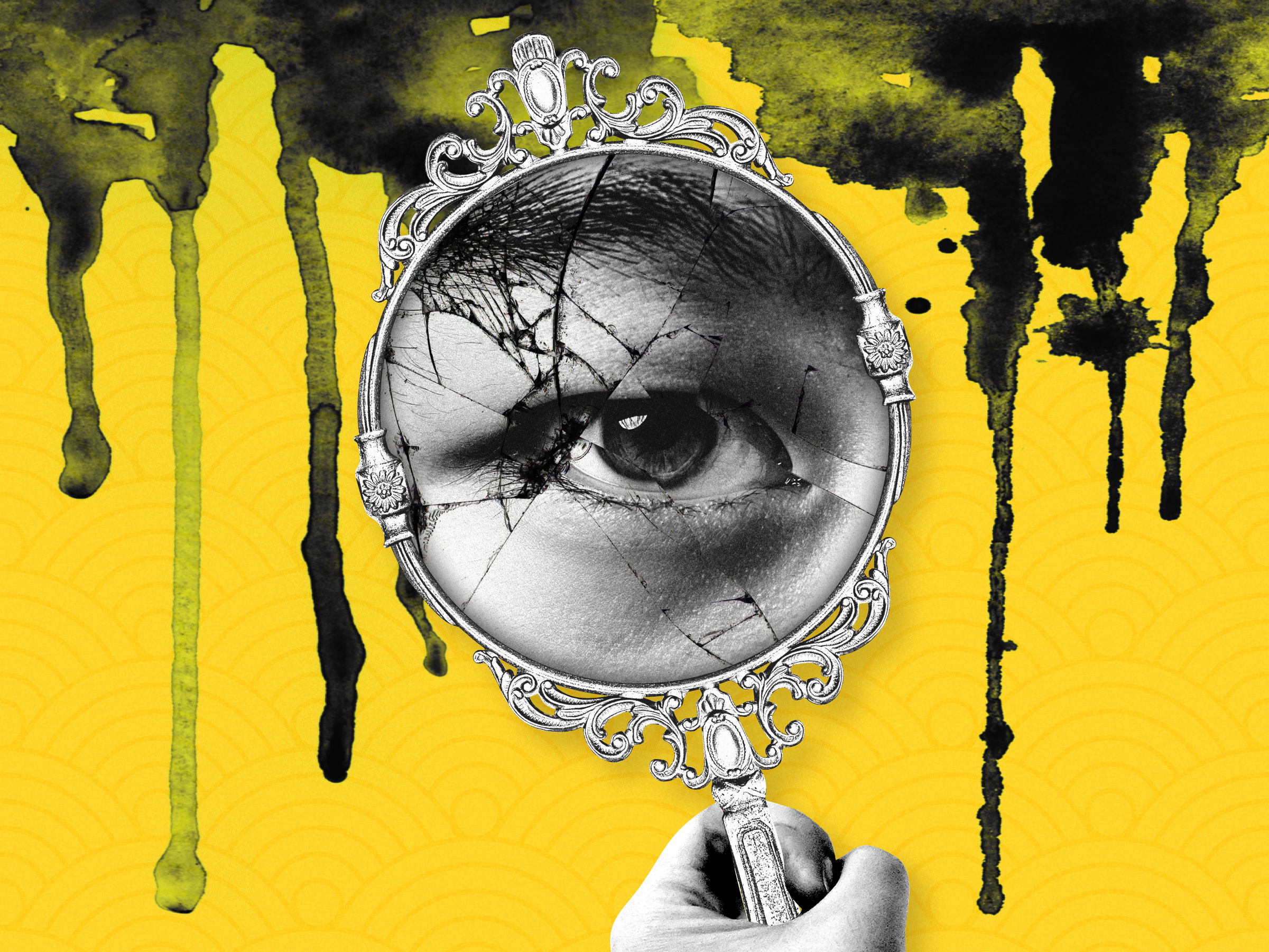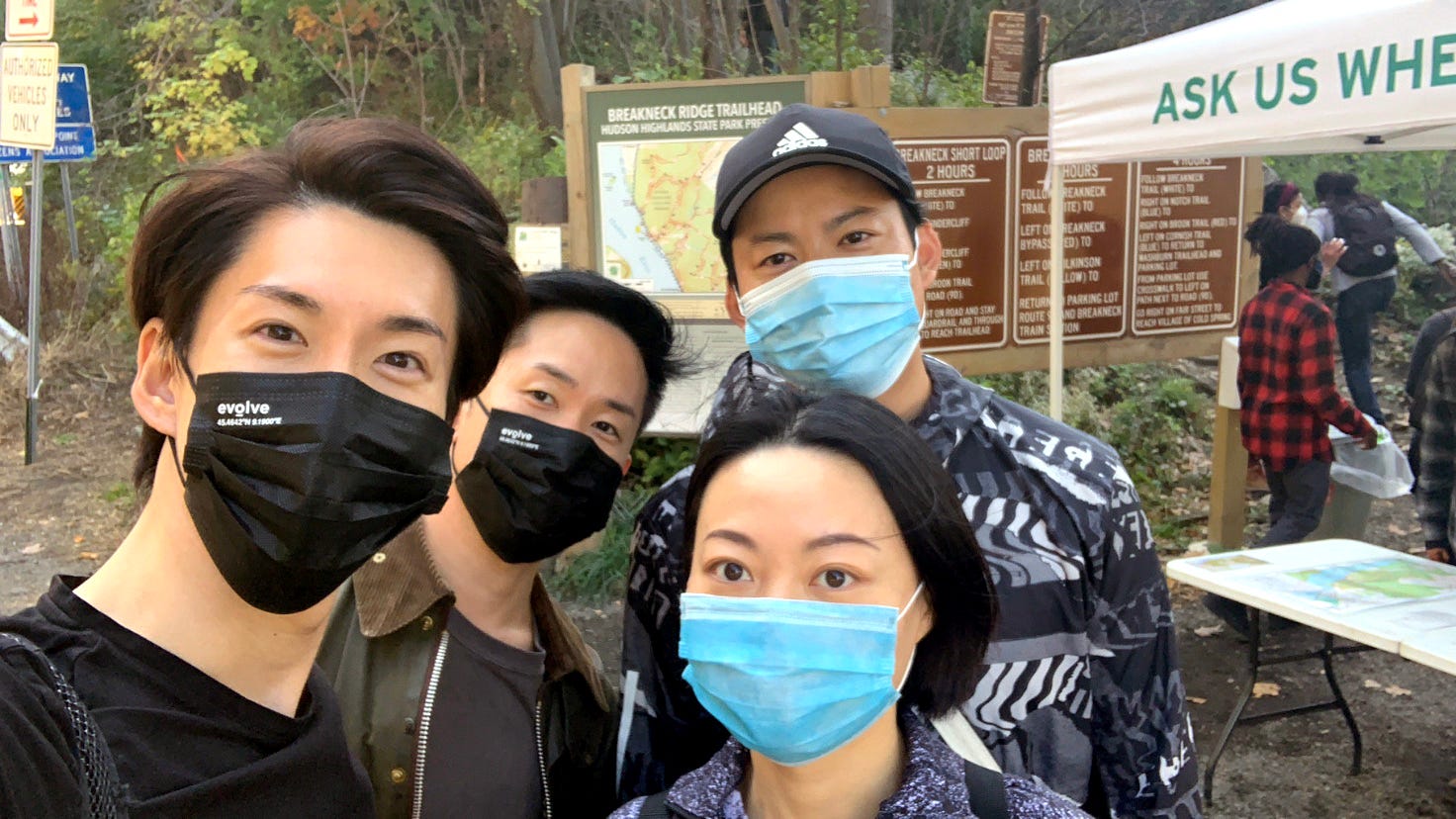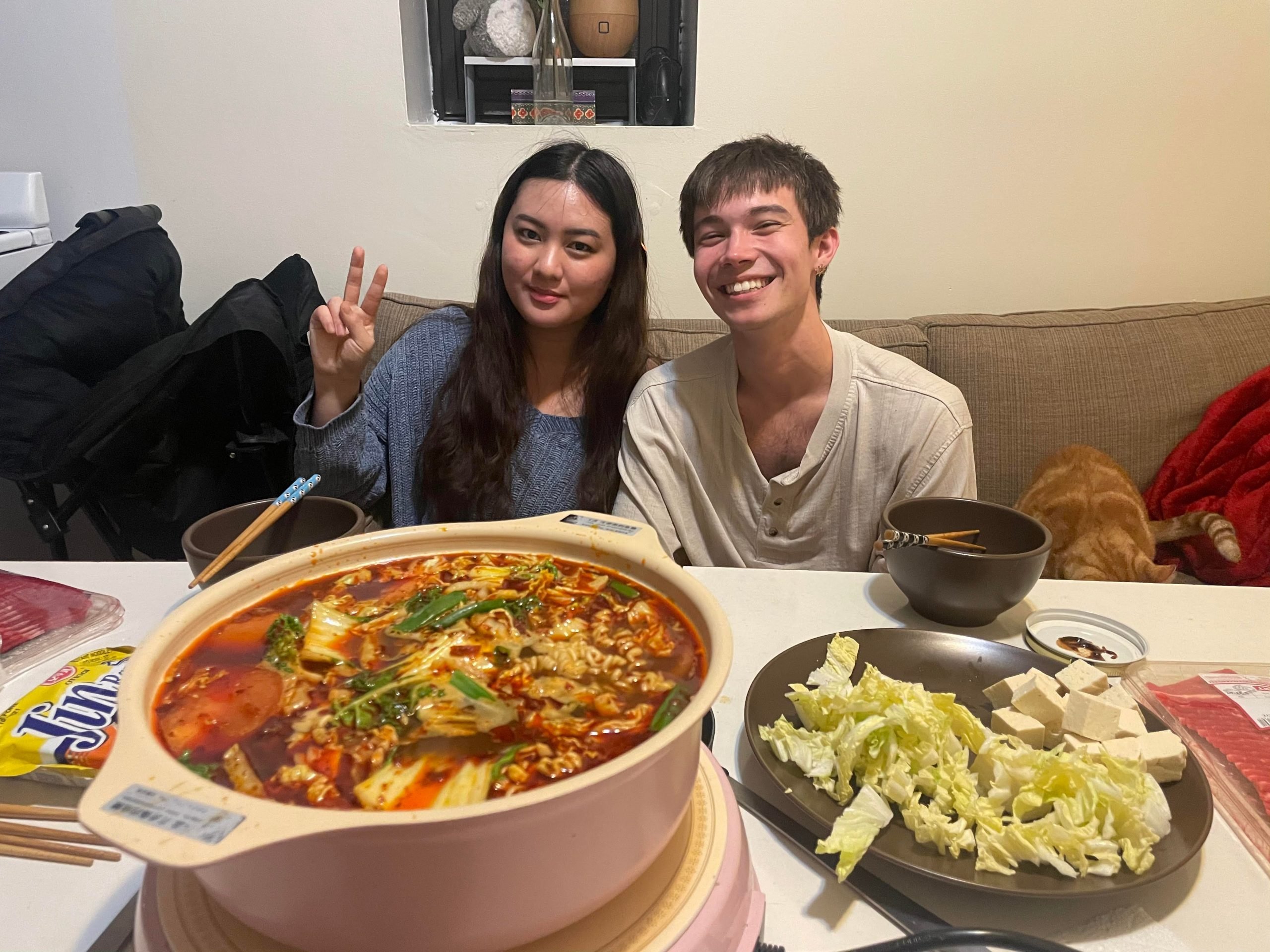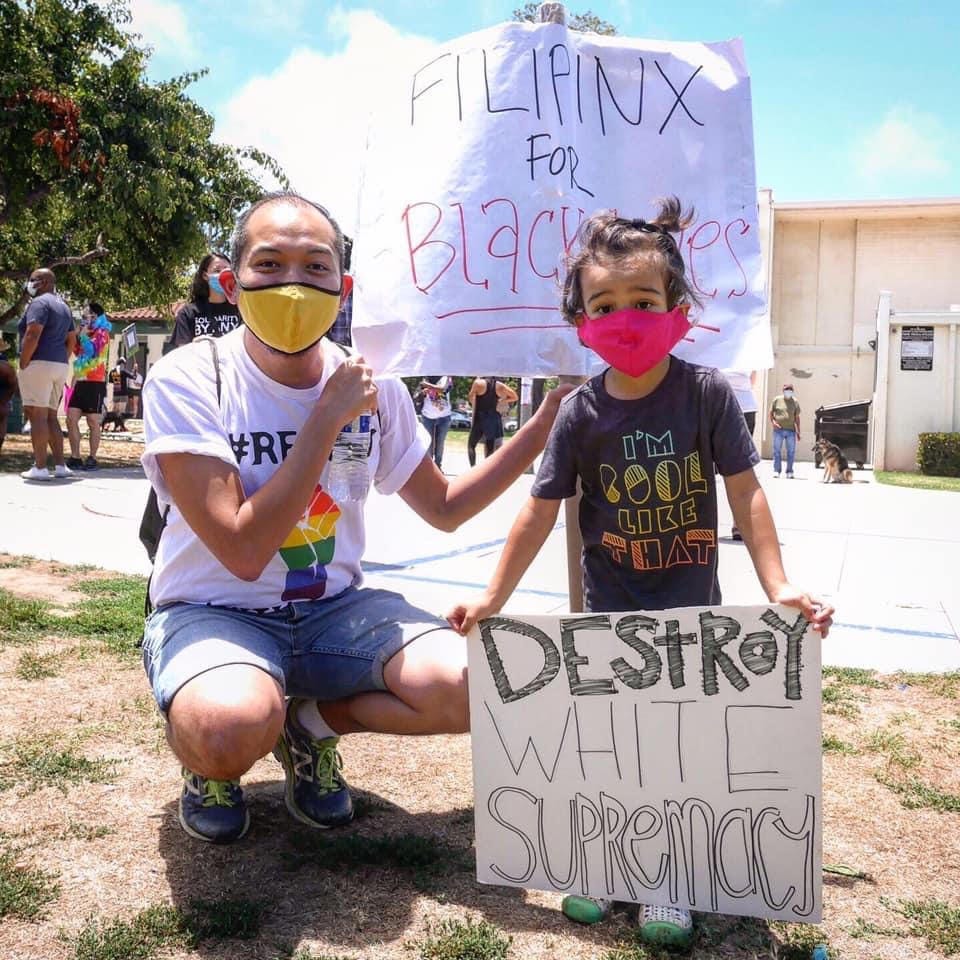
Samantha Lee/Insider
- On Tuesday, at least six Asian women were killed in a series of massage parlor shootings in Atlanta.
- The killings occurred amid a violent surge in anti-Asian hate crimes during the pandemic.
- The hate incidents are part of a larger legacy of Asian discrimination and racism plaguing the nation.
- Visit Insider's homepage for more stories.
As early as age six, Godfrey Plata knew he was different. After he and his family immigrated from the Philippines to the United States in the 80s, Plata wanted to change his name to Richard "because it felt like an American name that multiple people on TV had."
- Plata, now a 36-year-old nonprofit leadership developer and community organizer in Los Angeles, told Insider that in the face of degrading comments and crude stereotypes, he wanted to reject his Asian identity.
"Now I'm in a very different place in my thirties," he said.
But decades later, Plata and other members of the Asian American and Pacific Islander (AAPI) communities face an "an alarming level" of racist abuse and violence during a global health pandemic.
While overall hate crimes fell by 7% in 2020, crimes against the AAPI communities increased by 150%, according to a study by the Center for the Study of Hate and Extremism at California State University, San Bernardino. Stop AAPI Hate, an organization that tracks incidents of hate, discrimination and violence against the AAPI community, received 3,795 reports of anti-Asian hate incidents from March 2020-February 2021. Sixty-eight percent reported incidents involved verbal harassment.
On Tuesday, at least four Asian women were killed in a series of massage parlor shootings in Atlanta. The shooter reportedly yelled, "I want to kill all Asians."
Last week, a 75-year-old Asian-American man died after an assault and robbery in Oakland, California on March 9. Two days later, on the opposite US coast, an 83-year-old Korean American woman was punched and spat on as she collected bottles and cans in New York.
Victor Yang, a consultant based in Washington, D.C., told Insider he started noticing abnormal looks from passersby on the street at the start of the pandemic. A maskless stranger had yelled at him to "put on a mask" long before the CDC recommended face coverings.
Yohey Horishita, a Korean and Japanese resident of New York, said he and his friend were told by a stranger to "go back to China" shortly after the city went into lockdown.
Jeane Wong, a television writer in Los Angeles, said a stranger ran up to her and coughed as she walked across a parking lot in the summer of 2020.
Diana, a resident of Florida who requested her last name remain anonymous, said she exchanged pleasantries with her neighbors before the pandemic began. But once quarantine started, her neighbors acted aggressively, prohibiting her from being in the hallway at the same time, knocking over Diana's plants, and threatening to pepper spray her after she stepped out of her car.
Diana said she always understood racism existed, "but I never had any issues that were so in my face," she said. "This was the first time I really looked at society as a whole."
New York Democratic mayoral candidate Andrew Yang on Wednesday said that anti-Asian racism in the US "has metastasized into something far darker."
"Anti-Asian racism is deadly," he said. "It's real."
-Insider News (@InsiderNews) March 17, 2021
While condemning the deadly shootings in Atlanta, President Joe Biden on Wednesday called out the brutality faced by Asian Americans who are "attacked, harassed, blamed and scapegoated" for the COVID-19 pandemic.
Last week, in his first primetime address to the nation he denounced anti-Asian racism, saying, "It's wrong. It's un-American. And it must stop."
Anti-Asian discrimination has long been a part of America's history.
While the pandemic unleashed a horrific pattern of anti-Asian hate incidents, discrimination against AAPI communities has long embedded itself in American history.
After the first Chinese migrants arrived in the US shortly after the Civil War and filled factory and farming jobs, anti-Chinese discrimination festered among other American workers. This discrimination resulted in violence. Law enforcement galvanized mobs who terrorized Chinese American communities and, at times, even participated in them. In 1871, a masacre killed 10% of Los Angeles' Chinese population.
The Chinese Exclusion Act of 1882 ensued, restricting Chinese immigration to the US. And while Congress repealed the act in 1943, Chinese Americans suffered nearly a century of violence without legal recourse.
Chinese Americans were considered "a race of people whom nature has marked as inferior, and who are incapable of progress or intellectual development beyond a certain point," according to an 1854 Supreme Court ruling that prevented them from testifying against white Americans.
In the years following, Asian Americans worked with white politicians to pass laws repealing immigration bans. Then came President Roosevelt's 1942 executive order which incarcerated Japanese Americans. The order, mandated in response to the bombing of Pearl Harbor, interred Japanese Americans in camps operated by the US military.
Decades later, Asian Americans were characterized as a "model minority," a term coined in 1966. The model minority myth valorized Asian immigrants, attributing their economic success to cultural values and family structure in comparison to other non-white racial groups.
Everything from the Chinese Exclusion Act of 1882 to modern model minority myth has fueled racist policies and attacks that have surged in the past year, Russell Jeung, chair of the Asian American Studies Department at San Francisco State University, told Insider.
"Asian Americans are positioned as a model minority … to downplay racism. At other times, they're experiencing hate as a function of foreignness, and the capacity to carry disease at this present moment of violence," Michael Kraus, associate professor at Yale University's School of Management, told Insider.
Lifetimes of subtle racism were 'brushed off.'
"There's this sort of idea that Asian Americans are not as disadvantaged as other minorities," Wong said.
According to Julie Park, associate professor at the University of Maryland's College of Education, that idea is bolstered by the model minority myth.
Even within the Asian American community, Park said there is some internalization of this myth which leads to a perception of equality while overlooking structural racism.
"People are trying to declare their status in society as 'post-racial,' as being in a position of equality," Kraus said. "Sometimes, that is a convenient way to think of Asian Americans and it makes it a barrier to talking about subtle instances of racism that are experienced, and the hate crimes in a sustained way."'
DC-resident Yang said that before the pandemic, discussions about anti-Asian racism were brushed off in the Asian American community.
"A lot of times, people are like, 'You know that's just an unfortunate misunderstanding, right?" Yang said. "But these microaggressions can build up."
Other microaggressions were centered around otherness, designating Asian Americans as foreigners and outsiders despite being born in the US.
Horishita, an immigrant from Japan, said strangers would question his English proficiency. He said he "tried so hard" to dampen his Japanese accent.
"People simply ask, 'Do you speak English?' and that question has sort of fallen wherever I go," Horishita said.

Yohey Hiroshita
He said it typically takes about a week for him to recognize seemingly-innocent questions as racist microaggressions or "subtle racism."
"Culturally, we always brushed it off. I brush it off a lot," he said, pointing to his social status. "Because if I dive in a little deeper, it meant I was devaluing myself. In Asian culture, being humble is encouraged but there is a fine line between being humble and being devalued."
Chloe Eoyang, a student at New York University, said she's been told, "'Your English is really good. When did you come here?' And I was really confused because I grew up here and English is my first language," she told Insider.
Eoyang, whose grandfather refused to speak Chinese to his parents or eat Chinese food, said it was easier to ignore subtle acts of racism while growing up because she felt invisible.
"It's not like these comments are totally new," she said. "It's just a lot more intense now… And there's a part of me that [wishes] I was more invisible, so I could stop thinking about it all the time because it's really scary."

Chloe Eoyang
The movement against anti-Asian racism has to combat white supremacy and anti-Blackness.
University of California, Irvine Professor Claire Jean Kim said Asian communities want to celebrate their culture and heritage, but they also wanted the privileges afforded to white populations.
It's a psychological challenge to acknowledge yourself as part of a "marginalized or relatively powerless group is difficult on a psychological level," Kim told Insider. But accepting this reality is the first step towards combating anti-Asian racism, she said. The second is fighting anti-Blackness.
Asian Americans "don't want to be white," Kim said." They want to be who they are in terms of their own heritage and their language and everything. But they want to have the privileges that whites have. They want to be equal … be seen as equal."
Many racial justice advocates have pointed out that white supremacy pits Asian Americans against other communities of color and can prevent historically oppressed groups from standing in solidarity with each other.

Godfrey Plata
"Asians are structurally advantaged relative to Black people and then structurally disadvantaged relative to whites," Kim said. They're also "both victims of discrimination and advantaged in some way by discrimination against black people," she added.
But "these groups are connected, their fates are connected," Kim said. "When we see one in a particular way, it influences how we see another."
She added: "When there are crimes against Asian-Americans, I think it's very important to speak up, but not just for Asian Americans."
"I think we are all suffering from the same groundwater disease, which is white supremacy," Plata, a community organizer, said.
"When we organize - build our masses together toward common interests - we are acting against racist structures inherently," Plata said. "We are creating a sustainable form of our power: our community, made of many, many people of color, connected together, in order to act."